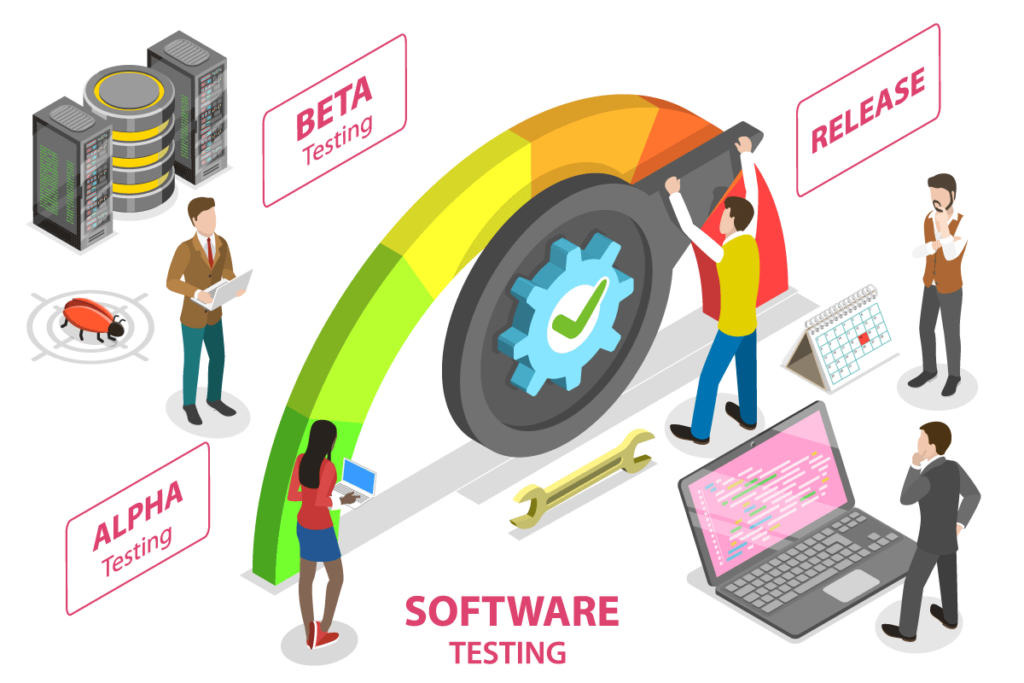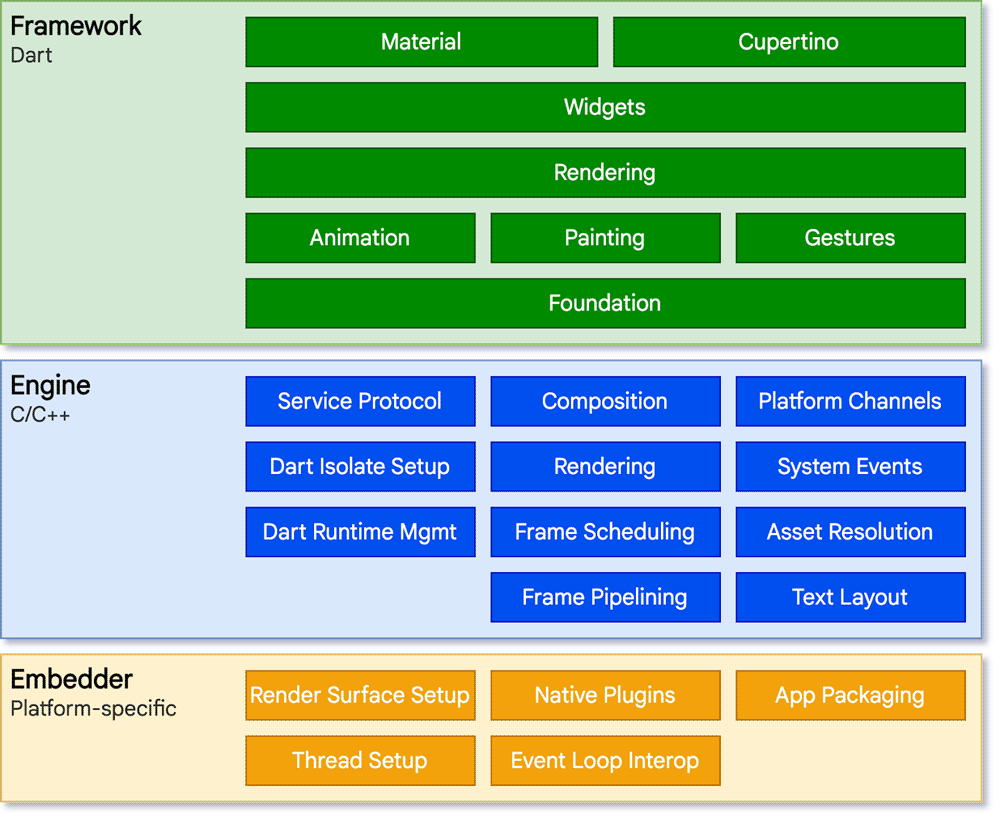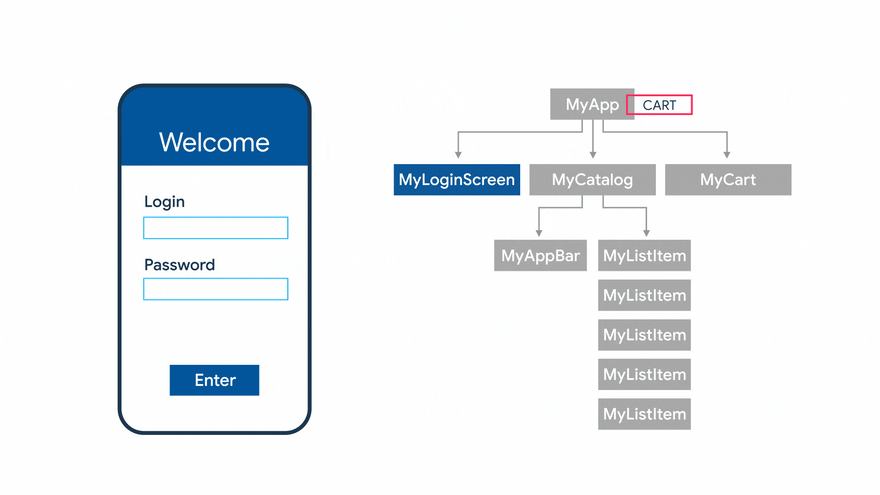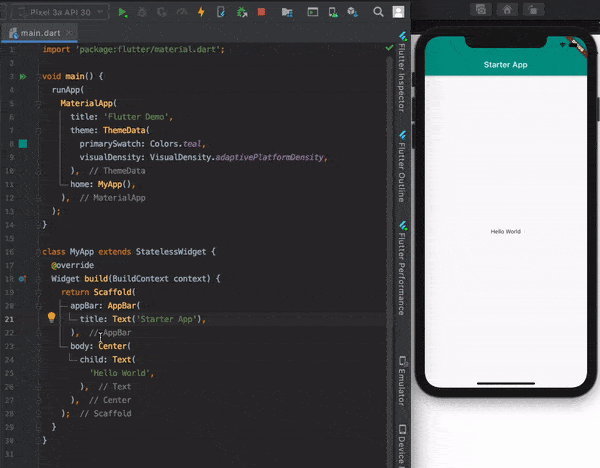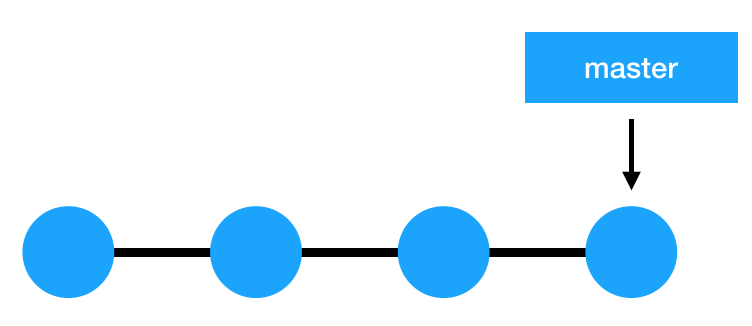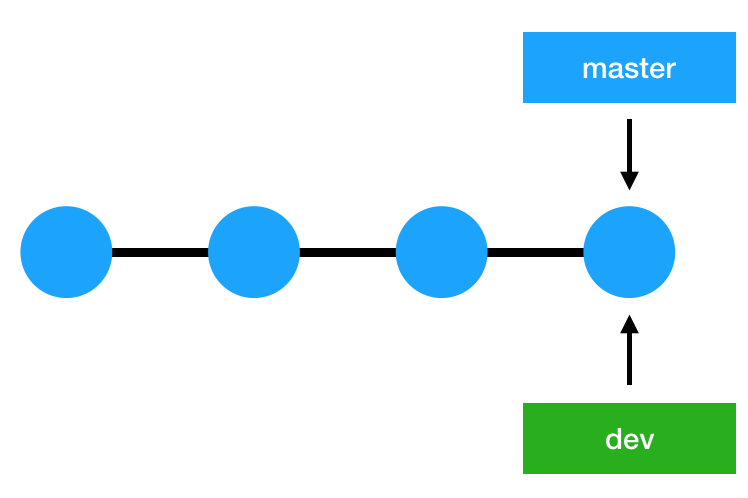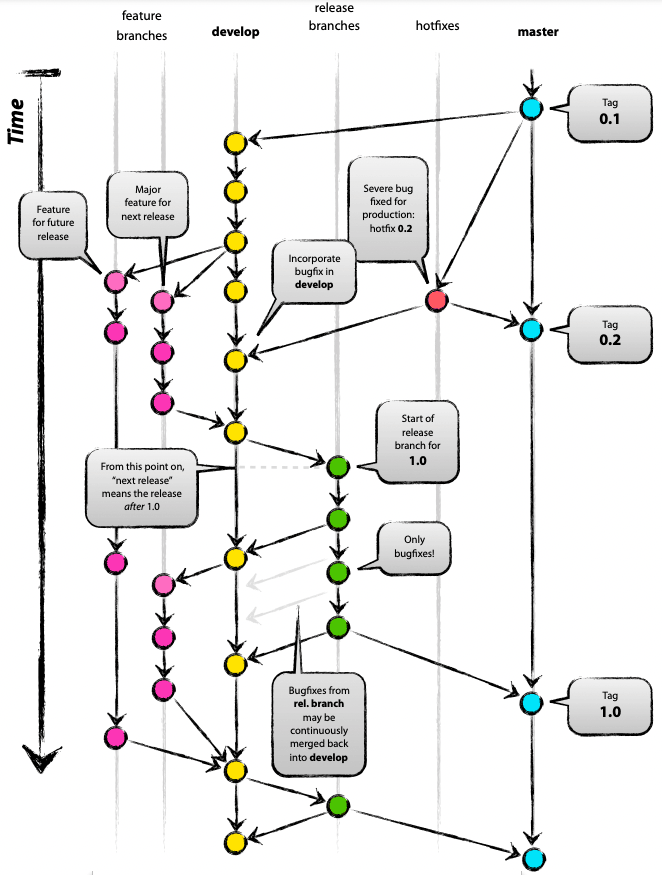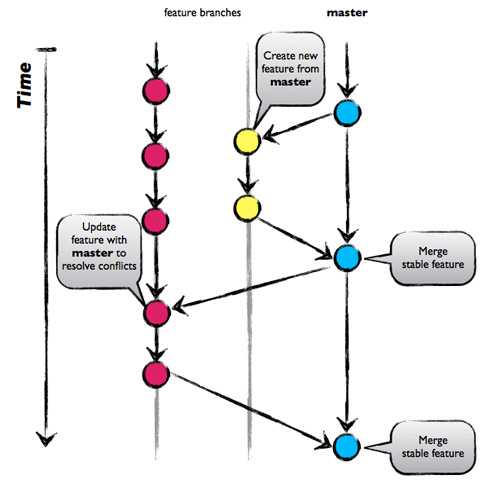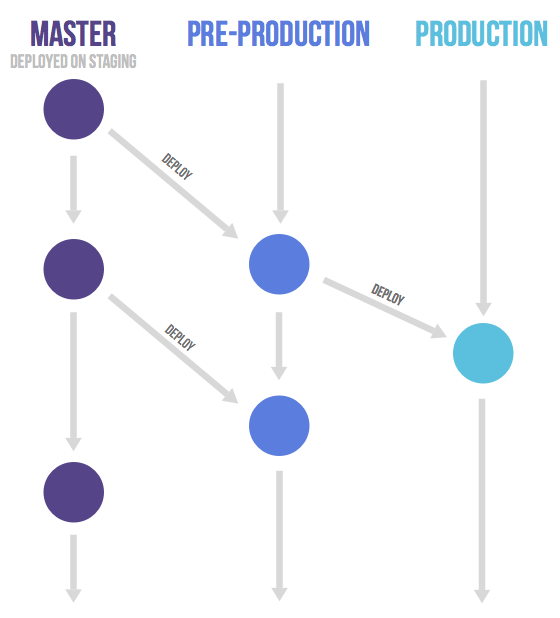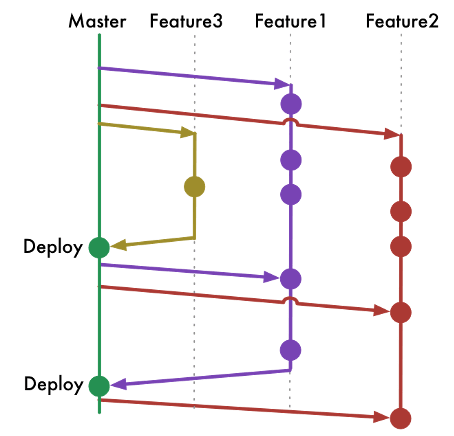Staying ahead of the game to deliver seamless brand experiences for your customers is crucial in today’s experience economy. Today we’ll dip our toe into the “how” by looking at the underlying foundation upon which all of your experiences, optimization and experimentation efforts will be built: data.

Data is the technology that can power the experiences you build for your customers by first understanding what they want and how it’ll best serve your business to deliver this. It’s the special sauce that helps connect the dots between your interpretation of existing information and trends, and the outcomes that you hypothesize will address customer needs (and grow revenue).
If you’ve ever wondered whether the benefits of a special offer are sufficiently enticing for your customer or why you have so many page hits and so few purchases, then you’ve asked the questions the marketing teams of your competitors are both asking and actively working to answer. Data and experimentation will help you take your website to the next level, better understand your customers’ preferences, and optimize their purchasing journey to drive stronger business outcomes.
So, the question remains: Where do you start? In the case of e-commerce, A/B testing is a great way to use data to test hypotheses and make decisions based on information rather than opinions.

“The idea behind experimentation is that you should be testing things and proving the value of things before seriously investing in them,” says Jonny Longden, head of the conversion division at agency Journey Further. “By experimenting…you only do the things that work and so you’ve already proven [what] will deliver value.”
Knowing and understanding your data foundation is the platform upon which you’ll build your knowledge base and your experimentation roadmap. Read on to discover the key considerations to bear in mind when establishing this foundation.
Five things to consider when building your data foundation
- Know what data you’re collecting and why
Knowing what you’re dealing with when it comes to slicing and dicing your data also requires that you understand the basic types and properties of the information to which you have access. Firstly, let’s look at the different types of data:- First-party data is collected directly from customers, site visitors and followers, making it specific to your products, consumers and operations.
- Second-party data is collected by a secondary party outside of your company or your customers. It’s usually obtained through data-sharing agreements between companies willing to collaborate.
- Third-party data is collected by entirely separate organizations with no consideration for your market or customers; however, it does allow you to draw on increased data points to broaden general understanding.
Data also has different properties or defining characteristics: demographic data tells you who, behavioral data tells you how, transactional data tells you what, and psychographic data tells you why. Want to learn more? Download our e-book, “The Ultimate Personalization Guide”!
ㅤ
Gathering and collating a mix of this data will then allow you to segment your audience and flesh out a picture of who your customers are and how to meet their needs, joining the dots between customer behavior and preferences, website UX and the buyer journey.
Chad Sanderson, head of product – data platform at Convoy, recommends making metrics your allies to ensure data collection and analysis are synchronized. Knowing what your business leaders care about, and which metrics will move the business forward, will ensure that your data foundation is relevant and set up for success.
ㅤ
- Invest in your data infrastructure
Data is everywhere, in its myriad of forms and gathered from a multitude of sources. Even so, if you’re going to make use of it, you need a robust system for gathering, storing and analyzing it in order to best put it to work. Start by understanding how much first-party data you have the capacity to gather by evaluating your current digital traffic levels. How many people are visiting your site or your app? You can get this information using Google Analytics or a similar platform, and this will help you understand how sophisticated your data-leveraging practices can be and identify gaps where you might need to source supplementary data (second- and third-party).
Next, you’ll need to evaluate your infrastructure. Companies that are further on their data analytics journey will invest in customer data platforms (CDPs) that allow them to collect and analyze data – gathered from a variety of sources and consolidated into a central database – at a more granular level. Stitching together this data via a CDP helps you bring all the pieces together to form a complete picture of your customers and identify any gaps. This is a critical step before you leap into action. Chad Sanderson concurs. “[Start] with the business and what the business needs,” he advises. “Tailoring your… solution to that – whatever that is – is going to be a lot more effective.”
ㅤ - Get consent to build consumer trust
Data security is rightly of foremost concern to consumers. The very users from whom you want to gather that first-party data want to ensure that their private information remains secure. Getting their consent and being transparent about the inherent benefit to them if they agree to your request – be it through giveaways, exclusive offers, additional information or services – will give you the best chance of success. Demonstrating that you adhere to, and take seriously, various data compliance laws (such as GDPR) and good governance will also build trust in your brand and give you the opportunity to make it worth their while through improved UX and personalized experiences.
Build trust in your brand by respecting your users’ private information (Source) ㅤ
- Collect and discover insights to upgrade your customer strategy
We’ve already covered the fact that data is everywhere. As Chad Sanderson highlighted above, identifying immediate business needs and priorities – as well as focusing on quick wins and low-lift changes that can have a quick and high-level impact – can help you navigate through this minefield. It’s best to think of this section as a four-step process:
ㅤㅤ• Collect data as it flows into your CDP
ㅤㅤ• Transform or calibrate your data so that it can be compared in a
ㅤ ㅤlogical manner
ㅤㅤ• Analyze the data by grouping and categorizing it according to
ㅤ ㅤthe customer segments you’ve identified and benchmarking
ㅤ ㅤagainst business priorities
ㅤㅤ• Activate your insights by pushing the learnings back into
ㅤ ㅤyour platforms and/or your experimentation roadmap and really
ㅤ ㅤput this data to work
ㅤ - Turn your data into actions
It’s crunch time (no pun about numbers intended)! We’ve examined the different types of data and where to source them, how to be responsible with data collection and how to set up the infrastructure needed to consolidate data and generate insights. We’ve also covered the need to understand business priorities and core strategy to drive data collection, analysis and activation in the same direction. Now we need to put that data and those insights to work.
In the experience economy, where constant evolution is the name of the game, innovation and optimization are the key drivers of experimentation. Taking the data foundation that you’ve built and using it to fuel and nourish your experimentation roadmap will ensure that none of the hard work of your tech, marketing and product teams is in vain. Testing allows you to evaluate alternatives in real time and make data-driven decisions about website UX. It also ensures that business metrics are never far from reach, where conversion and revenue growth take center stage.
Use the data you’ve gathered to fuel your experimentation roadmap (Source)
Invest in a solid data foundation to maximize and scale
At AB Tasty, we apply the Bayesian approach to interpreting data and test results because in A/B testing, this method not only shows whether there is a difference between the tested options but also goes beyond that by calculating a measure of that difference. Being able to identify what that variance is allows you to best understand what you will gain by adopting a permanent change.
Collecting and analyzing data, and then leveraging the insights that you glean, are key to unlocking the next level of experience optimization for your customers and your business. An experimentation roadmap grounded in real-time responsiveness and long-term, server-side improvements will have a solid data foundation approach at its core, where understanding who you want to target and how to act drives success. Furthermore, if you invest in your data foundation – and the five core drivers we’ve explored above – you’ll be equipped to scale your experimentation and allow optimization to become a key business maximizer.




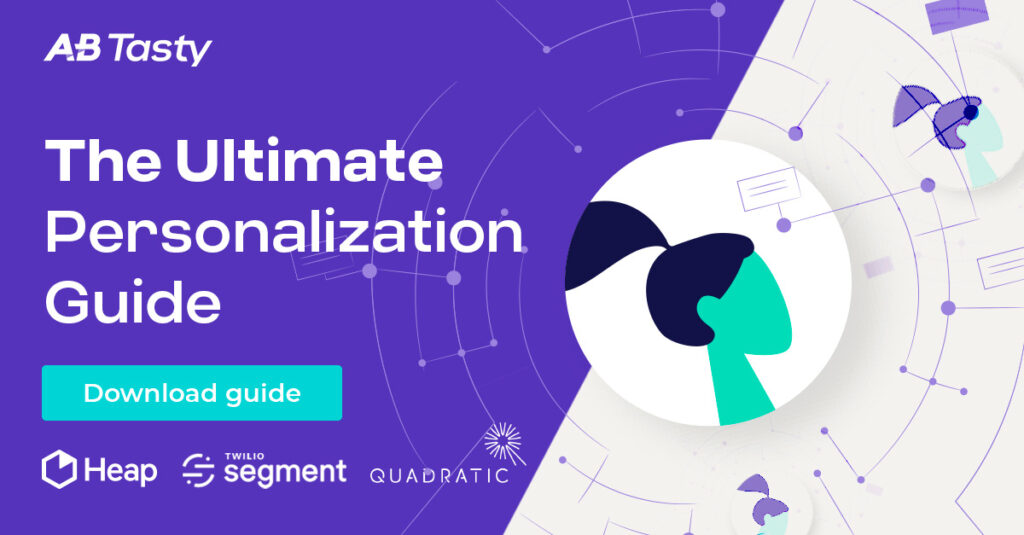



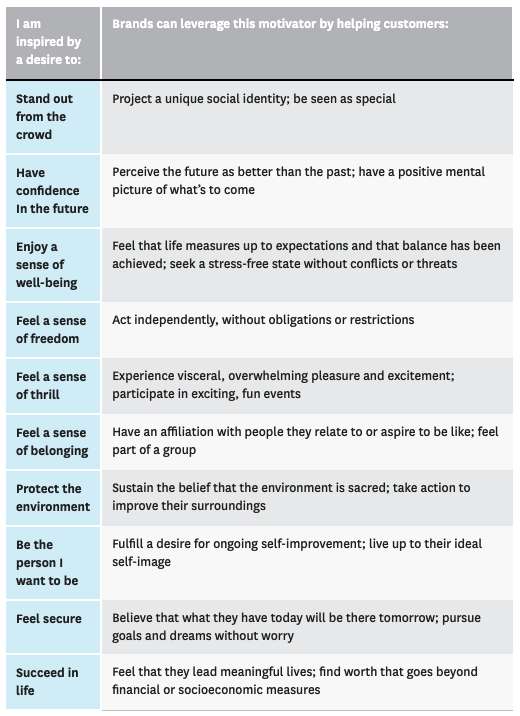

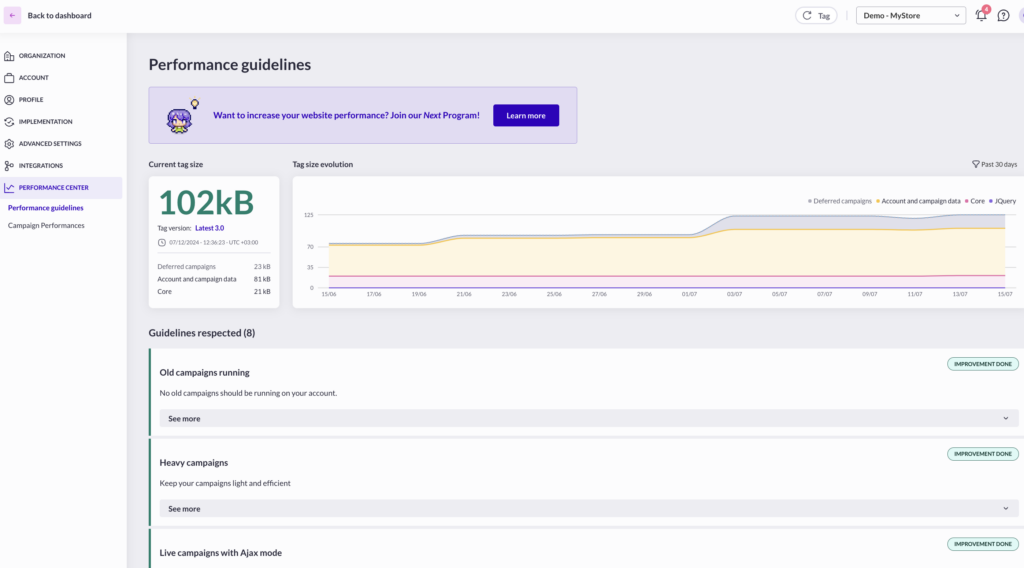
 Knowing one dimension makes it possible to calculate the other. If you have an element with 1000px width, your height would be 750px. This calculation is made as follows:
Knowing one dimension makes it possible to calculate the other. If you have an element with 1000px width, your height would be 750px. This calculation is made as follows:


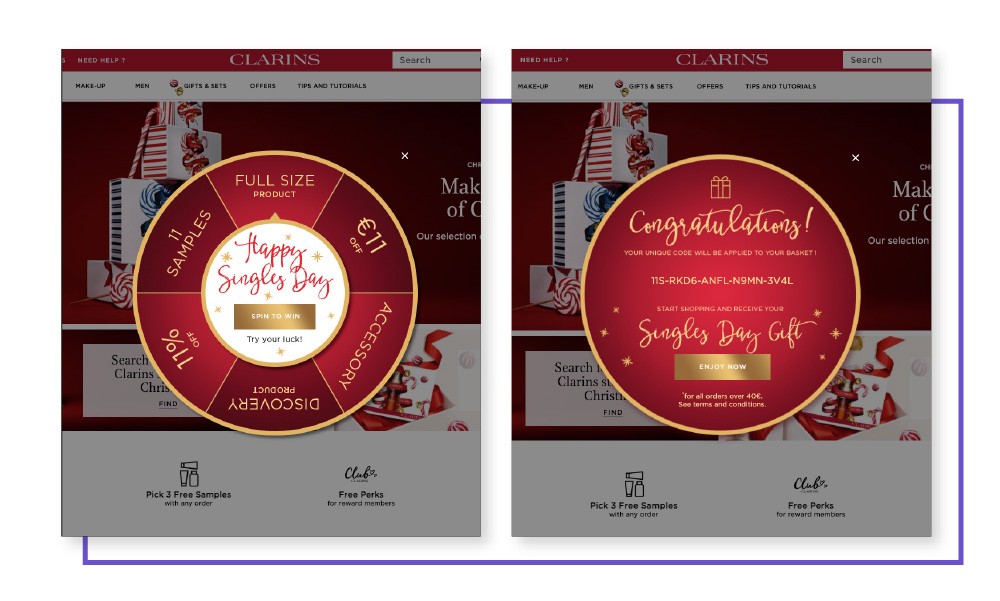 Clarins delivered a customer experience on par with their clients’ expectations (
Clarins delivered a customer experience on par with their clients’ expectations (



